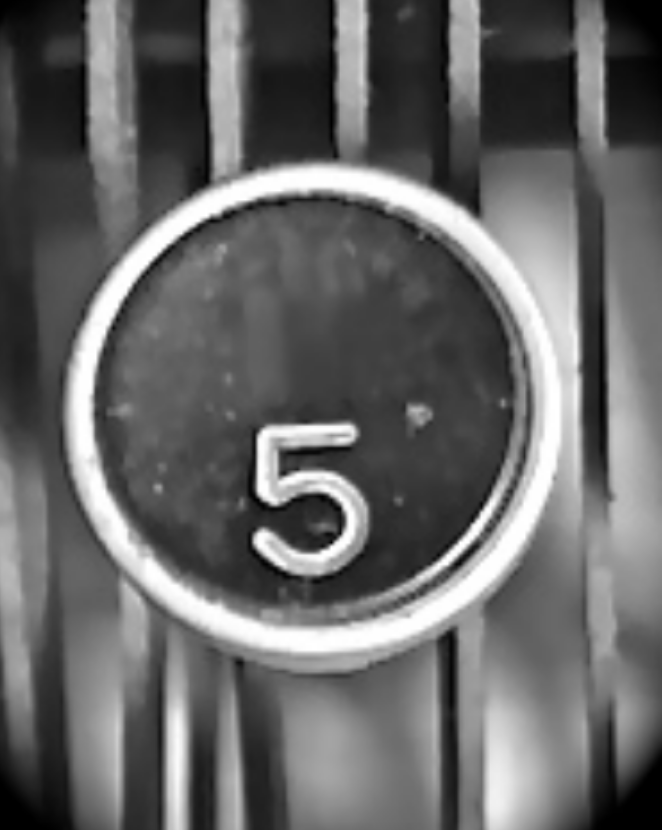5 HOT BOOKS: Understanding the Democratic Party, Getting to Know the Bald Eagle, and More
/1. What It Took to Win: The History of the Democratic Party by Michael Kazin (Farrar, Straus and Giroux)
Kazin, a Georgetown University historian, describes it as the “oldest mass political party,” and his bracingly smart chronicle details the Democratic Party’s origins in the 1820s and its expansion to the present, building an inclusive coalition based in a common thread of “moral capitalism,” a phrase that Kazin credits to historian Lizabeth Cohen. This thread, he explains in his robust, rigorous book, stretches from Andrew Jackson’s war against the Second Bank of the United States, through William Jennings Bryan’s crusade against the “money power,” to 1978 and the promise of full employment in the Humphrey-Hawkins Act, and through the 2020 election. Kazin is an engaging guide through the struggles to become a true “party of the people,” ending with the rallying cry: “We organize, we vote, we win.”
2. The Bald Eagle: The Improbable Journey of America’s Bird by Jack E. Davis (Liveright)
Environmental historian Davis won the Pulitzer Prize for The Gulf, his magisterial history of the Gulf of Mexico that brought attention to its imperiled marine ecosystem, and now he brings his narrative gifts to the charismatic bald eagle. Emblazoned on the Great Seal of the United States, the creature represents independence and sovereignty as Davis vividly captures how the soaring eagle triumphed over threats of extinction and poachers, with the help of activists and scientists. With wit and energy, though not anthropomorphizing, Davis draws from his own experience and the research of environmentalists to relate how eagles communicate, care for their young, and exhibit “fidelity to both spouse and home.”
3. Rebels Against the Raj: Western Fighters for India’s Freedom by Ramachandra Guha (Knopf)
Guha, a prominent historian, biographer of Gandhi, and author of India After Gandhi, turns his attention to seven renegades from Britain, America, and Ireland who joined the fight for India’s independence. Not “temporary travellers,” these seven men and women identified with India, stood up to the British Raj in favor of India’s struggle for independence, and met “Indians on absolutely equal terms as friends and lovers, and as comrades on the street and in prison too.” In his vibrant, inspiring book, Guha illuminates these very different idealists over the course of a tumultuous century as “anti-colonial crusaders as well as nation-builders,” for whom independence was only a first step in the wish for “their adopted country to be free of injustice, inequality, poverty, ignorance, and disease.”
4. Only the Clothes on Her Back: Clothing & the Hidden History of Power in the 19th-Century United States by Laura F. Edwards (Oxford University Press)
Edwards brings fresh insight to American history before the Civil War contending that enslaved people and women made use of textiles – from tablecloths, sheets, and rags to pantaloons and kerchiefs – as property that could be leveraged into a commodity. By excavating fascinating personal stories, and with her sharp understanding of legal principles at a time when property was everything and the marginalized were denied it, her original, fascinating book shows how these textiles became property to be bartered and exchanged, in small stitches toward independence.
5. Groundskeeping by Lee Cole (Knopf)
In the opening lines of Cole’s robust, deeply satisfying debut novel, narrator Owen says: “I’ve always had the same predicament. When I’m home, in Kentucky, all I want is to leave. When I’m away, I’m homesick for a place that never was.” A 20-something aspiring writer, living in his grandfather’s basement, he is talking with a successful fiction writer, the daughter of Bosnian Muslim immigrants, and when he asks where she was born, she replies: “A country that no longer exists.” Set just before the 2016 election, Cole’s novel exposes a divided America as class conflicts and arguments over immigration, religion, and education shape relationships and magically infuse a bit of optimism to propel the story forward.










